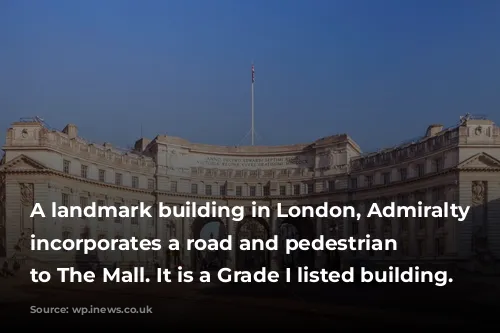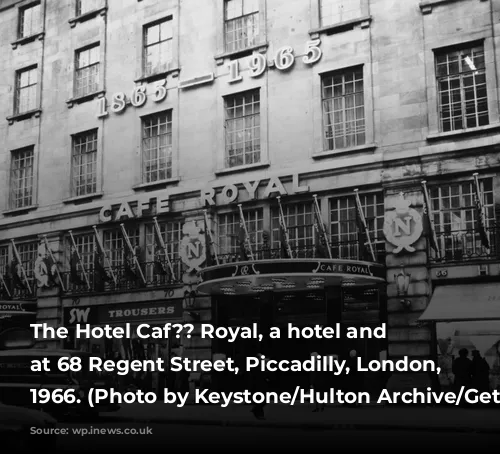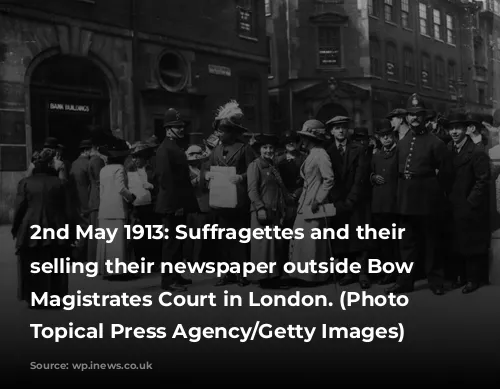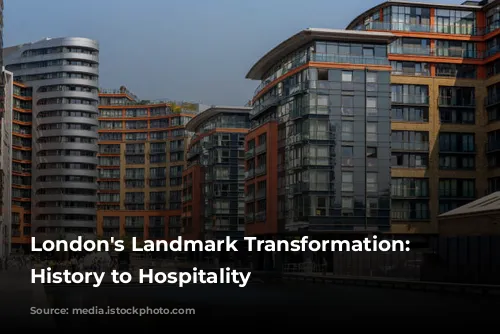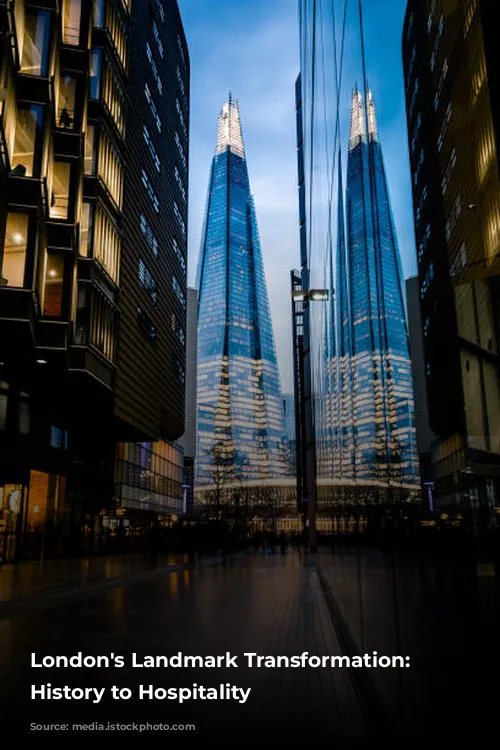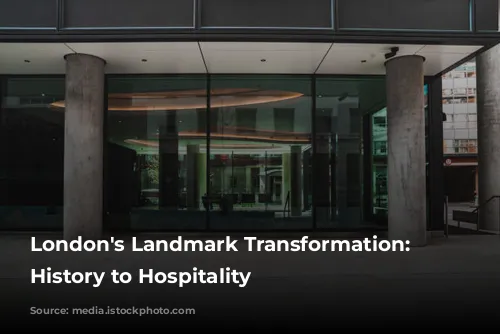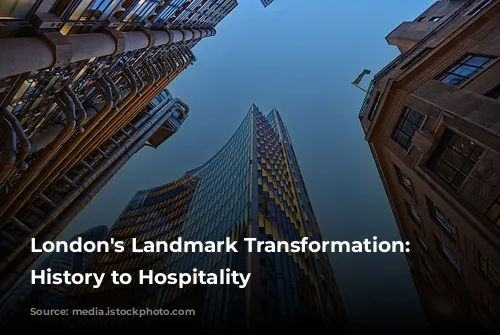London, a city known for its rich history, is embracing a new trend: converting iconic landmarks into luxurious hotels. This has sparked debates about preserving heritage while accommodating progress. While some lament the commercialization of the city’s past, others argue it makes these buildings more accessible and enjoyable for the public.
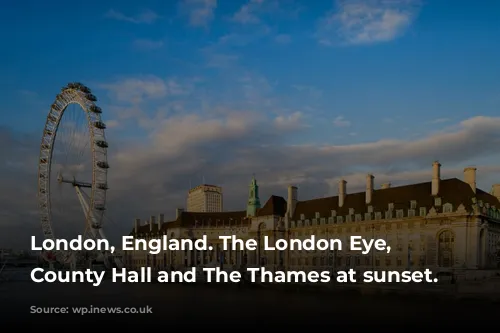
A City’s Heritage Reimagined
London has never been afraid to reinterpret its past for modern needs. While the city respects its heritage, it also recognizes the importance of progress. This forward-thinking approach has led to the transformation of several historic buildings into high-end hotels, showcasing London’s evolving landscape.
In recent years, a surge of landmark buildings, like government offices, banks, and courthouses, have been repurposed into five-star hotels. This trend is driven by the increasingly lucrative tourist trade, with many hotels in London’s West End now charging exorbitant rates.

Historic Landmarks Find New Life
The BT Tower, a prominent landmark overlooking Fitzrovia since the 1960s, has been sold to a US company to be transformed into a luxurious hotel. This is just one example of how historical buildings are being given a new lease on life as hotels, attracting visitors seeking a unique experience.
These transformations are not without their critics, but there is a compelling argument to be made in their favor. While some may view the commercialization of history as a loss, it also allows more people to experience these buildings than ever before. The old BT Tower’s revolving restaurant, closed since 1981, may even be reopened for the public to enjoy.
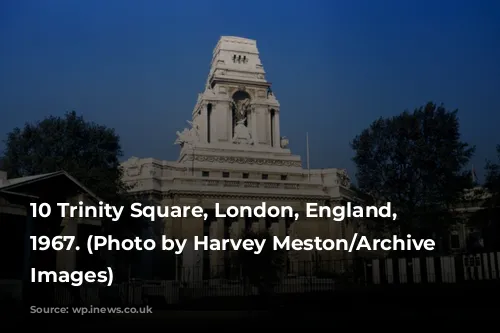
A Balancing Act: Preserving Heritage and Embracing Progress
Hotel brands are increasingly aware of the importance of heritage and are often keen to preserve the architectural details of these historical buildings. The Ned City of London, for instance, has maintained the original underground vault as a bar, while Raffles at the Old War Office Building has carefully preserved the historic detailing of the rooms and corridors.
While some might be concerned about the commercialization of history, it’s important to remember that many of these buildings were inaccessible to the public before their transformation. The transformation into hotels opens up these spaces to a wider audience, offering a unique opportunity to experience London’s past in a new way.
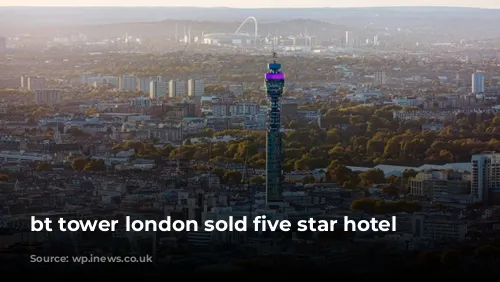
The Future of London’s Landmarks
The Admiralty Arch, a grand building at the foot of the Mall, will soon be home to London’s first Waldorf Astoria hotel. This conversion demonstrates how historical buildings can be reimagined for a modern audience while still respecting their original character.
The trend of converting landmarks into hotels is likely to continue, with other notable buildings, like the former Whiteleys shopping centre and the old US Embassy, already lined up for similar transformations.
This trend raises questions about the future of London’s iconic landmarks. While preserving heritage is paramount, the city’s economic needs and evolving tourism landscape also need to be considered. As London continues to evolve, the question remains: how can the city best balance preserving its history while embracing progress?
